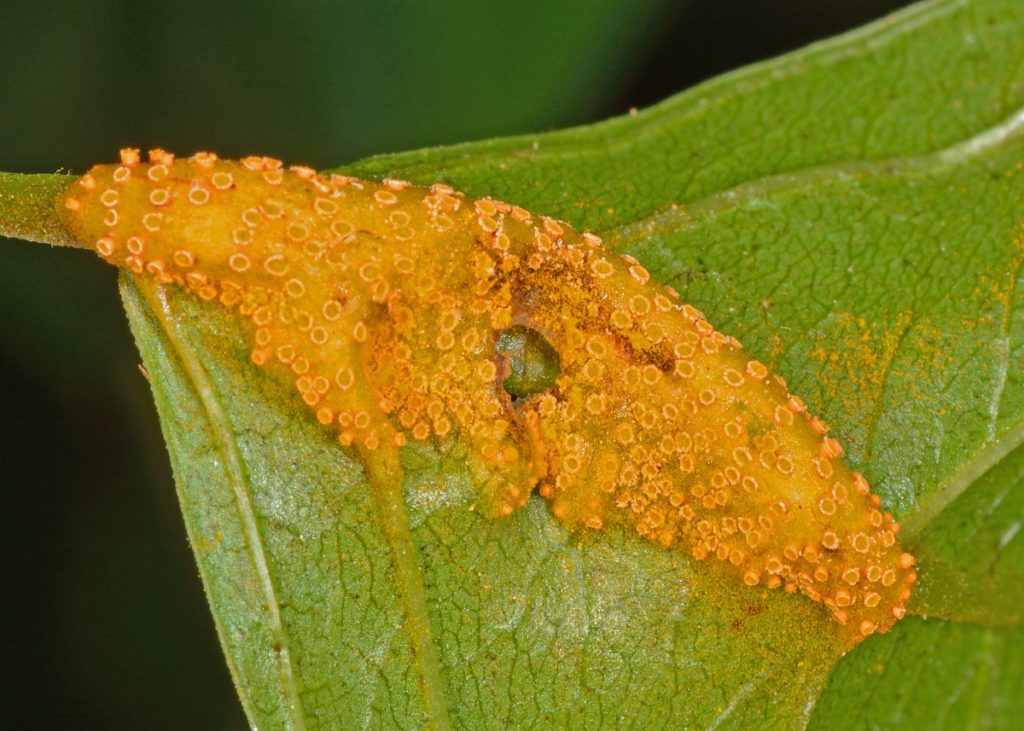This February, we celebrate LGBT+ identities and how they have helped shape our world. Throughout the month we will be posting histories of LGBT+ people who have made contributions to the field of botany, horticulture, garden design and botanical art. If you would like to see the original posts about the individuals below, please check out @BotanicsPride on Twitter. If you’re interested in helping out as we start to plan for Pride 2021, we would be delighted to hear from you! Please contact the Botanics RBGE Pride group for more info. Happy #LGBTHistoryMonth
Gillian Cox…
was a mycologist and plant pathologist who lived from 1938-1984. After studying Botany at the University of Sheffield, she went on to work at the Commonwealth Mycological Institute at the Royal Botanic Gardens, Kew; where she specialised in rust fungi Urediniomycetes. She emigrated with her family to New Zealand where she took up a position at the Plant Health & Diagnostic Station in Levin.
Gillian made significant contributions in her field, developing a new spore terminology, publishing the first findings of many fungal diseases and identifying around 533 specimens from around the world. The extensive collection she built up now exists in herbaria. In a 1977 scientific journal she published her preferred name and truth as a trans-woman with the support of her loving wife, children and colleagues. She and her wife then went on to establish a support service called ‘Transformation’ which provided help and advice for trans people in their community.


Will Hansen
Kia ora Isabel! This is so cool, I had no idea about this part of Gillian’s life – I am a trans person and historian from NZ, researching the histories of trans communities here. I have a lot of info on Gillian’s org TransFormation and some of the cool stuff she did, if you’d like to get in touch and talk! I would LOVE to see that 1977 scientific article u mentioned! 🙂